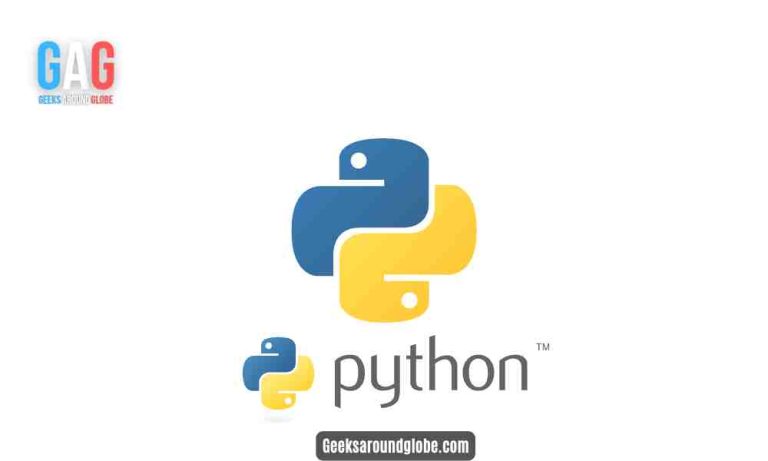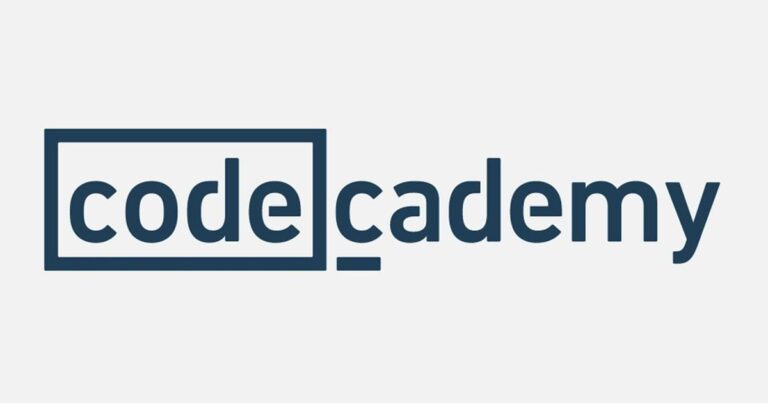Once you complete your Certified Scrum Master training and bag the job of a Scrum Master, you will realize the pleasure behind it. The feeling of being able to guide team members and having the power to build a healthy work environment is what makes the job of a Scrum Master desirable.
If you are wondering how you will become a Scrum Master without having enough or any experience in the field, you are at the right place. Below are mentioned a few steps which will guide you through your journey as a Scrum Master.
- Gain experience as a team member
Your first and foremost aim should be to gain maximum experience. It might seem challenging at first because getting employed without any pre-existing skills is tough. But you can learn those skills without a job simply by,
- Being a member of the Scrum team:
Getting experience from being in a Scrum team will be extremely valuable for your future career. As a team member, you will get to work under the guidance of a trainer and efficient Scrum Master. This way you will be able to learn their tricks and methodology of working. You can kickstart your journey as a team member and later on achieve your ultimate goal.
- Introduce Scrum to your current team: If you are part of an organization that is not following Scrum techniques as of now, you can take the responsibility and initiate the use of Scrum elements into your work-life. Some of the methods you can apply are, installing and working using a task board to coordinate the daily activities, hold meetings to check how everything is going and how you can take your business forward with a Product Owner.
- Become a volunteer: If you are unemployed or cannot take forward the duties due to any reason, then try to use all the knowledge you gained while pursuing the CSM Training and volunteer in any and every opportunity that comes your way. You can try helping your local communities or any Non-profit organization by using Scrum to fulfill the mission. Have transparency in your work so that people can see your work and it is ordered by value.
You will have to manage your work by dissecting it into manageable pieces. By volunteering, you will not only be a help for others, but all this will add up to your own experience as well. You can mention in your resume or in your interview your volunteering experience and how you used Scrum in non-professional work.
- Continue your Scrum learning: The second step is to continue your learning session and to go beyond whatever you learned in your CSM classes. It is advised that you read blogs, articles, and books. Watching presentations and attending webinars will also help you in enhancing your knowledge. After you have read enough, start sharing your learnings. Some of the suggestions include starting a blog where you can incorporate everything you learned, make a presentation, start a podcast, or make a YouTube video about it. It is not necessary for you to be an expert to share your knowledge. Out there can be people who are also new, and it can help them as well. By sharing whatever you learned, you will be able to retain it in a better way.you will be able to retain it in a better way. Many companies offer different positions based on your knowledge and qualification.Even if you have no experience, you can still try to apply for an entry-level position available, or the position of a remote scrum master, as such positions are often offered to beginners.
- Make networks: Building networks is an important step. It is necessary not only for bagging the role of a Scrum Master, but also to get into an interview. You can join User Groups to learn and connect with similar Agile and Scrum interests and build connections and contacts. By doing so the contacts will think of you on the arrival of any opportunity.
These were some of the essential steps you need to work on when you are thinking of getting recruited as a Scrum Master. The first step that you should choose is enrolling for Certified Scrum Master certification.







